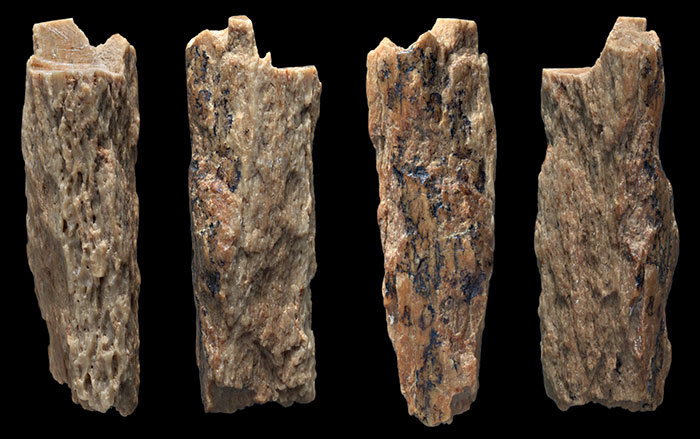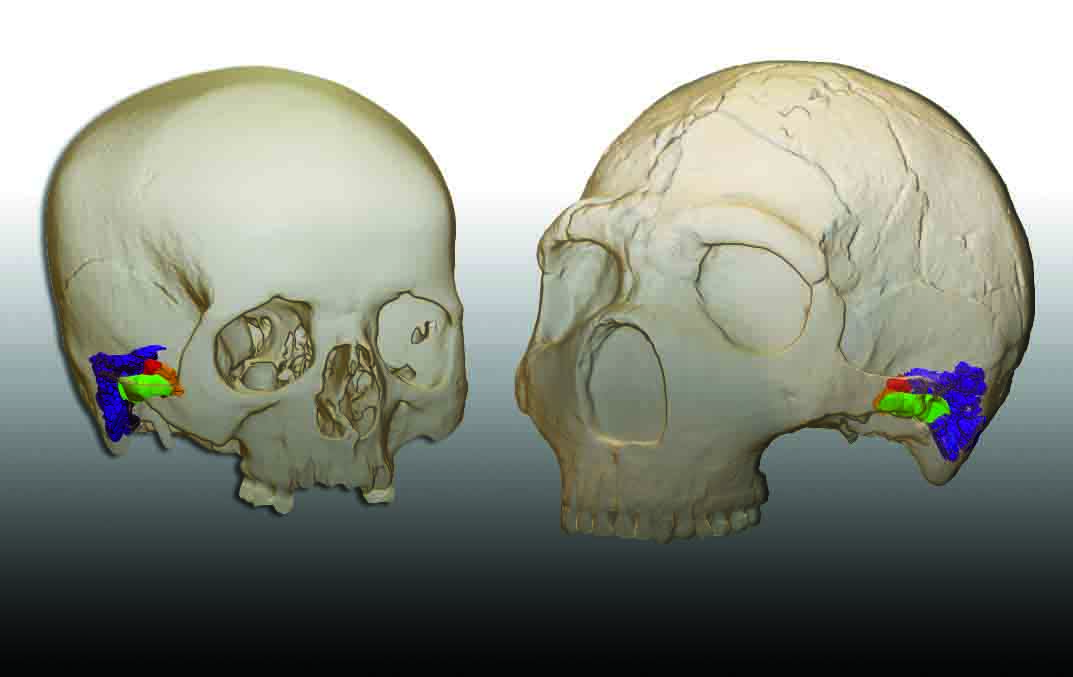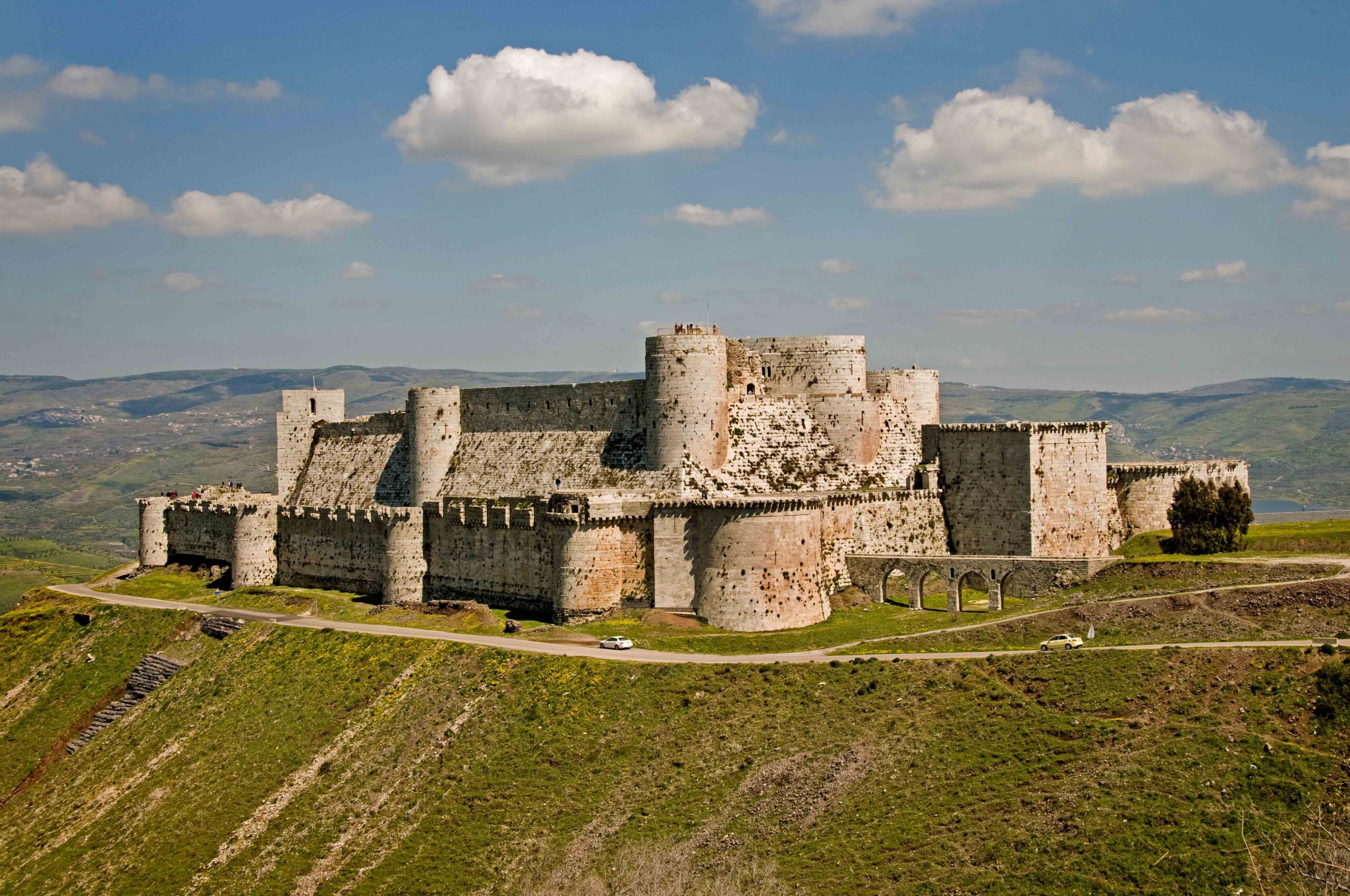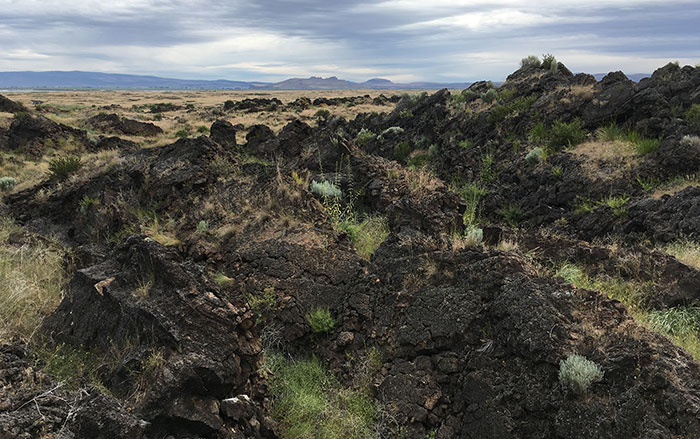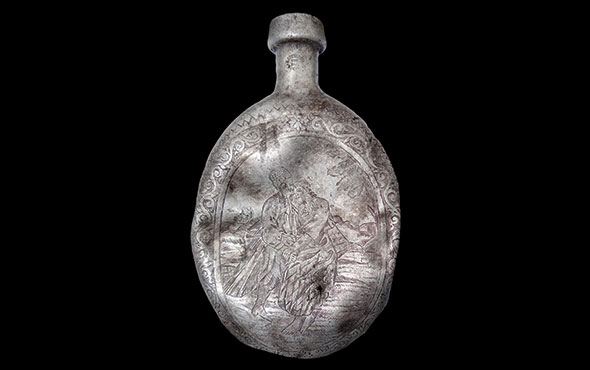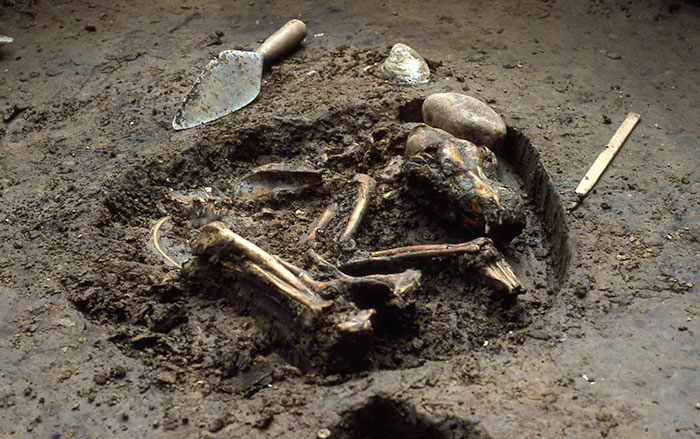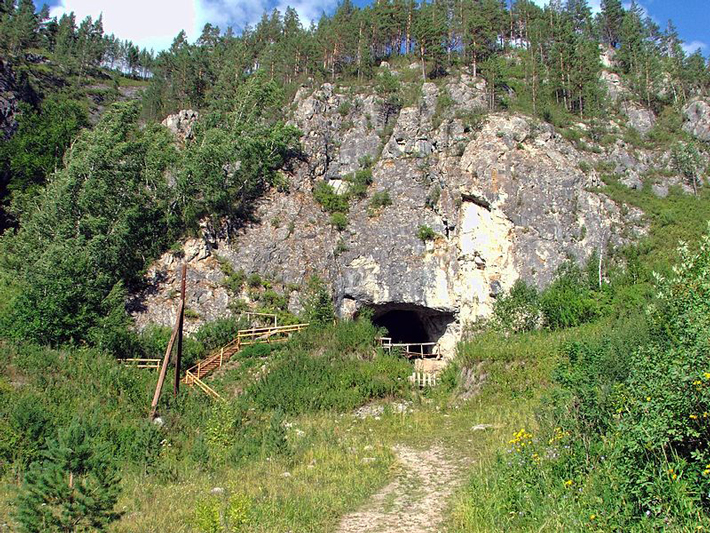
JENA, GERMANY—A new timeline for the occupation of Denisova Cave has been created by teams of researchers led by Zenobia Jacobs and Richard Roberts of the University of Wollongong, and Tom Higham and Katerina Douka of the University of Oxford, according to a report in Science Magazine. Located in Russia’s Altai Mountains, Denisova Cave boasts high ceilings and three chambers overlooking the Anui River, which made it a desirable place for hominins to live. The studies used multiple methods, including optically stimulated luminescence and radiocarbon dating, to date the cave’s sediments, tools, and fossils. The new chronology suggests the Denisovans arrived in the cave more than 100,000 years earlier than previously thought, or about 287,000 years ago, and left about 55,000 years ago. Tools from the earliest layers look different from Neanderthal tools recovered from other caves in Siberia, and may have been crafted by Denisovans. Neanderthal remains in the cave were dated to between 193,000 and 97,000 years ago, and the remains of a child whose mother was a Neanderthal and father was a Denisovan were dated to between 118,100 and 79,100 years ago. Scientists still want to know who created the 43,000- to 49,000-year-old ornaments made of bone, teeth, ivory, and ostrich eggshell found in the cave. They resemble ornaments made by modern humans living in Eurasia, but no modern human remains have been found in Denisova Cave. Modern humans are known to have lived in Siberia around that time, however. To read more about the discovery of the child whose mother was a Neanderthal and father was a Denisovan, go to “Hominin Hybrid.”


